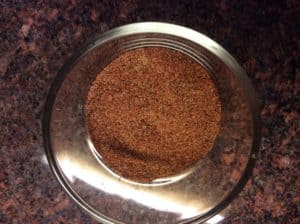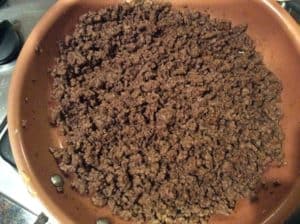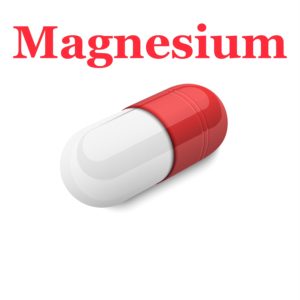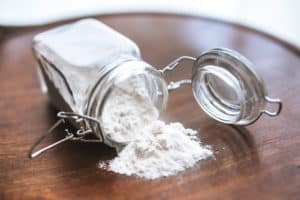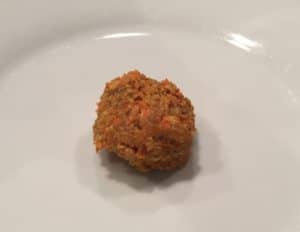
While I invest my attention and experience in every client, some of the stories that I hear from prospective clients can strike me deep in my heart. By the time some people reach out to me, they have endured frustrating and confusing symptoms with misdiagnoses and misdirected treatment efforts.
The following story affected me especially deeply. I share it now because I suspect that there are many others out there who may be facing similar struggles. To anyone out there who finds that this story resonates with your own, I say to you, things can get better. (shared with permission)
It started with an email from someone seeking my services: “I’m 17 and have a plethora of digestive issues and am in desperate need of a nutritionist who understands and actually believes in poor gut health. I have read your website and you seem like the PERFECT fit, I could really use your help to help put me out of my misery.” In all the emails that I receive from prospective clients, it is always striking how each one has a unique story to tell. What struck me about this one is that she was so young and so committed to getting the help that she desperately needs. I replied with my usual details (hours, rates, etc) and never heard back from her. That happens sometimes, as people just aren’t ready.
A couple of weeks went by, and I decided to follow up. I might not have, except she seemed so ready and like such an ideal client for my services. This time she did respond, thanking me for checking in. Then she told me why she had not responded the first time:
She said that she wished she could come see me, but her parents don’t believe in leaky gut. Since she was still a legal minor, they had legal authority over her medical care. So, until she turned 18, she would have to suffer. I replied that we didn’t have to use the term leaky gut.
She replied: “I was avoiding gluten and dairy and eating more veggies in order to try to heal my gut” (she had done some homework!). Unfortunately, her parents remained resistant to the concept of leaky gut and any attempts to treat it with dietary management. So, they took her to her pediatrician, who was equally appalled at this treatment plan. He referred her to the hospital, where she was “diagnosed with an eating disorder”. Her parents and the doctor were convinced that “leaky gut isn’t real”. Their response was to force her to eat gluten and dairy at every meal, even though these were the very foods that she told them were “inflaming [her] gut even more”.
In hearing her story, I was heartbroken. This smart and resourceful girl was stuck in a tragic dilemma. Not only would she be forced to suffer until she was 18; but, by that point, she would be so much further down the gut pathology road that it was pretty likely her gut would sustain some significant damage, damage that could be avoided or reduced by preventative treatment.
I replied that I was so sorry to hear about her dilemma, and I wished her the absolute best. I was tempted to send her all the published research articles I have on leaky gut. Instead I just told her that intestinal permeability (the proper term for leaky gut) is real. If she or her parents were to search that term on the National Institute of Health’s pub med website, 22,000 research articles would come up. I just left it at that. Was I defending against what felt like a professional criticism (by her parents and the doctor)? Or was I wisely planting a seed? Both.
Only a couple of hours later I received another email from her: “I believe I just made an impact on my parents. You gave me an idea with what you said about pub med. I took this idea and put all of my research into a document and presented this document to my parents (over 50 pages worth of research, I might add!). They were astonished by all of the science that backs this up, and they are now willing to have your support!! I am amazed and feel such a wave of relief.”
A story that began with heartbreak was transformed into triumph.
It is such a shame that many doctors aren’t interested in learning what’s new since medical school. Some doctors are so entrenched in conventional professional thinking that they dismiss any new treatment paradigms that do not fit within those conventions. Yet there are patients who are getting sicker and sicker, and conventional medicine is unable to help them. The lucky patients have the courage, the determination, or the resourcefulness to seek out alternative treatments. Those are the ones who find someone like me, and get well. But what about the rest? While that question saddens me, this story gives so much hope, because it shows how the research is out there. More and more professionals are learning about intestinal permeability, and that knowledge will eventually seep into the mainstream. This story proves that open-minded people who examine the research do actually change their opinions on leaky gut! So I will end by repeating my earlier point: to anyone out there who finds that this story resonates with your own, I say to you, things can get better.


